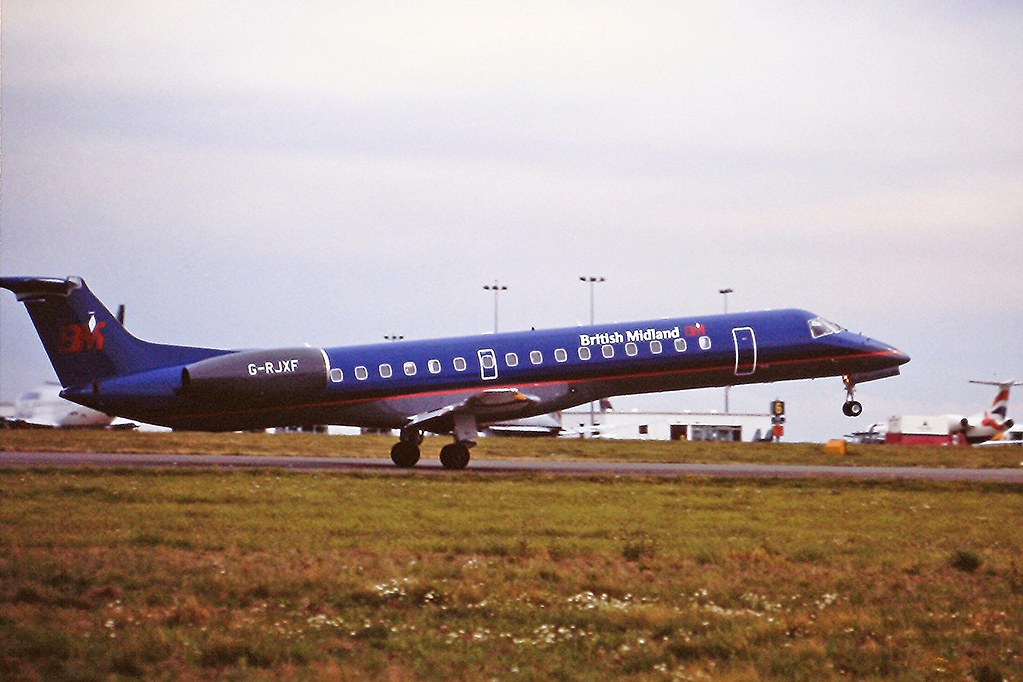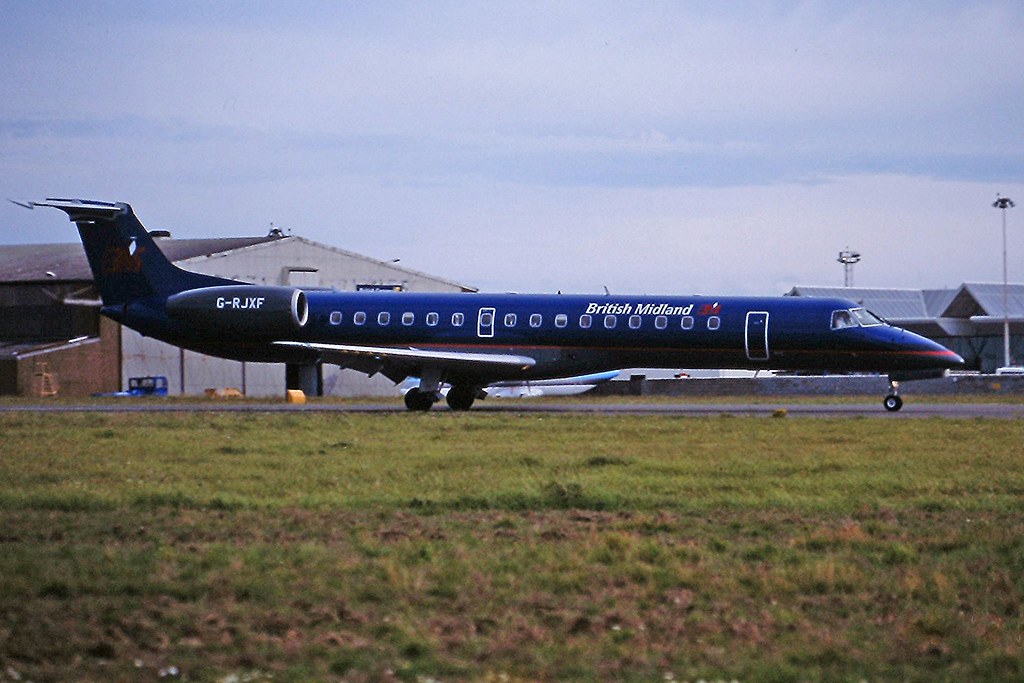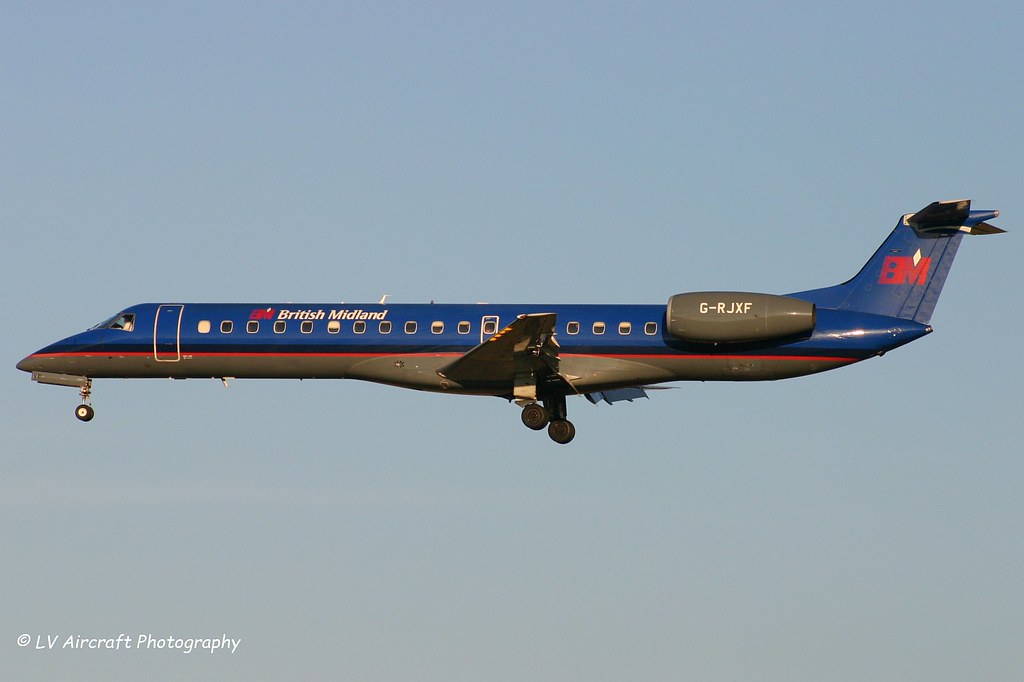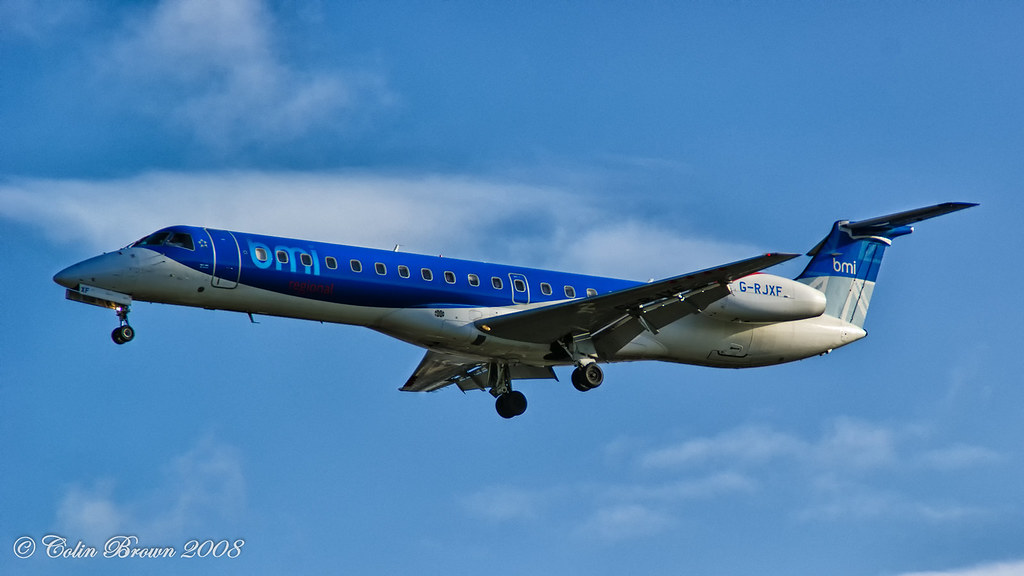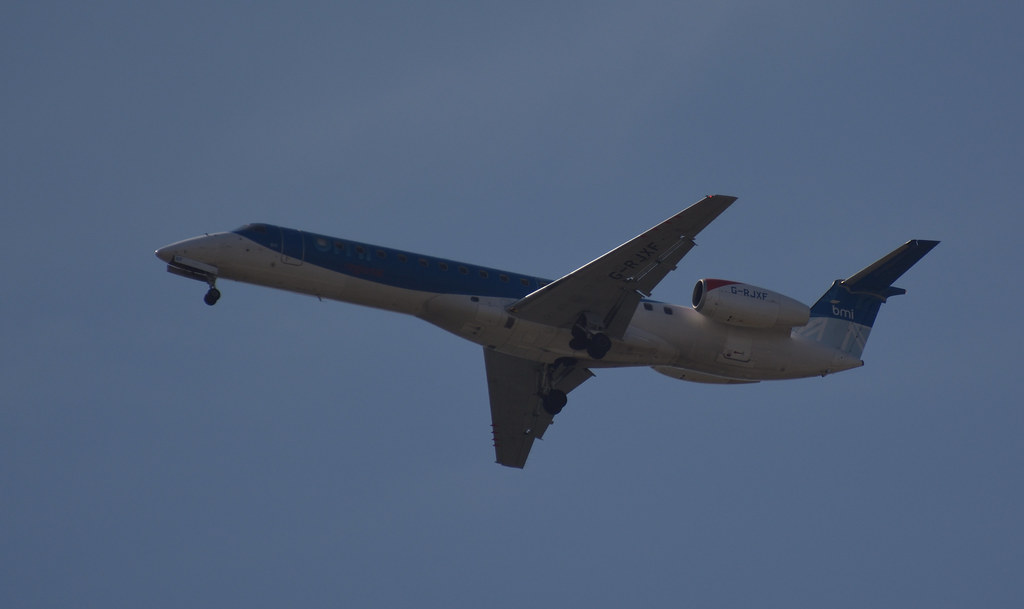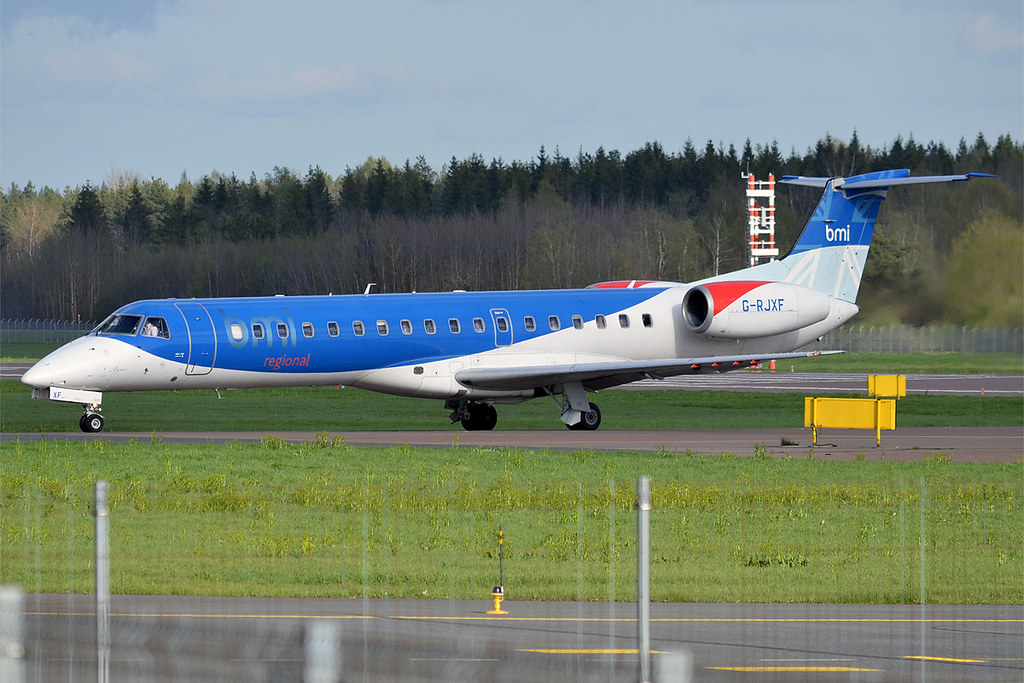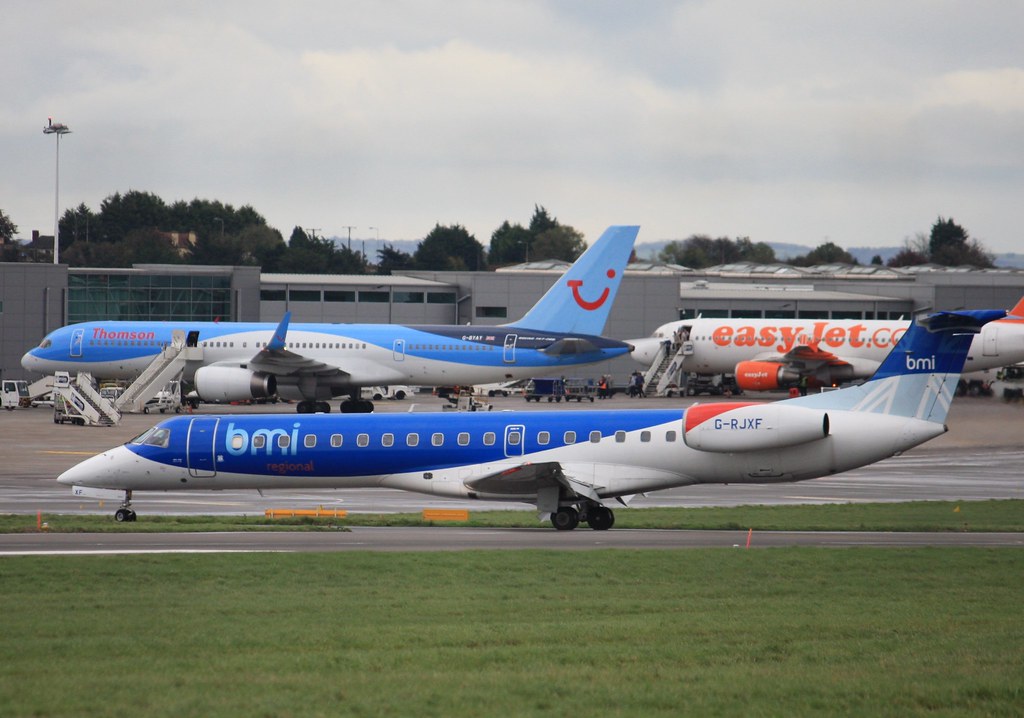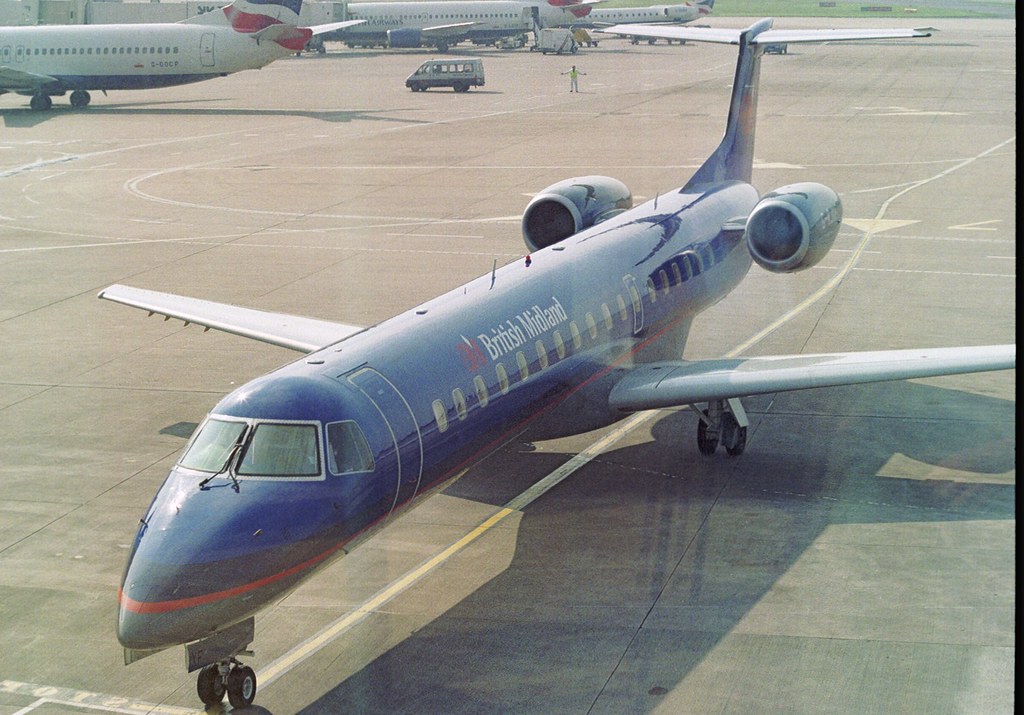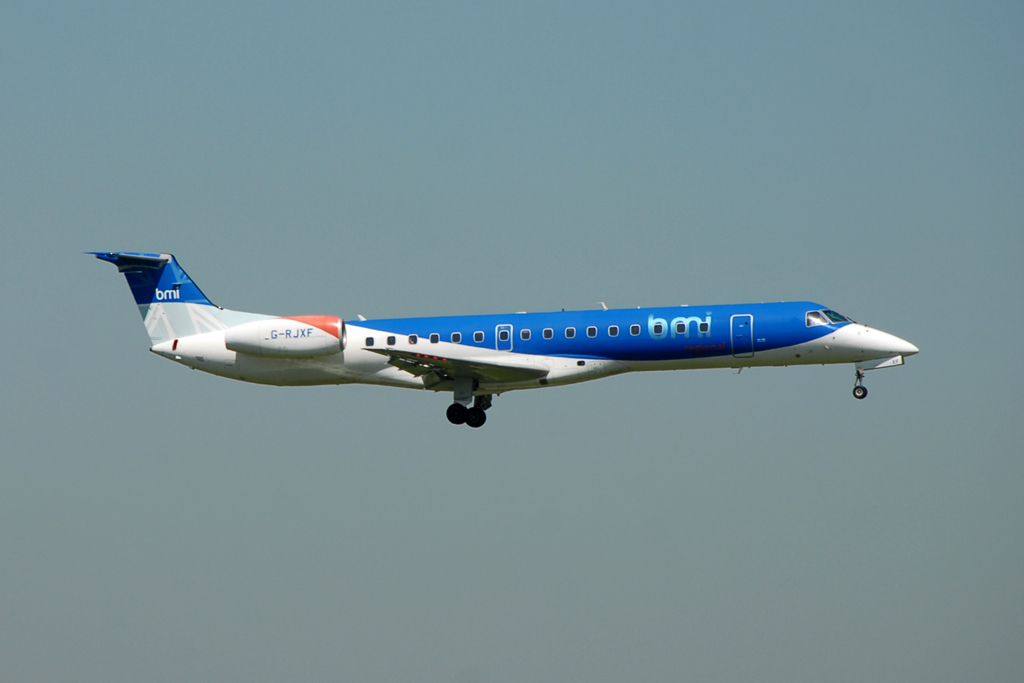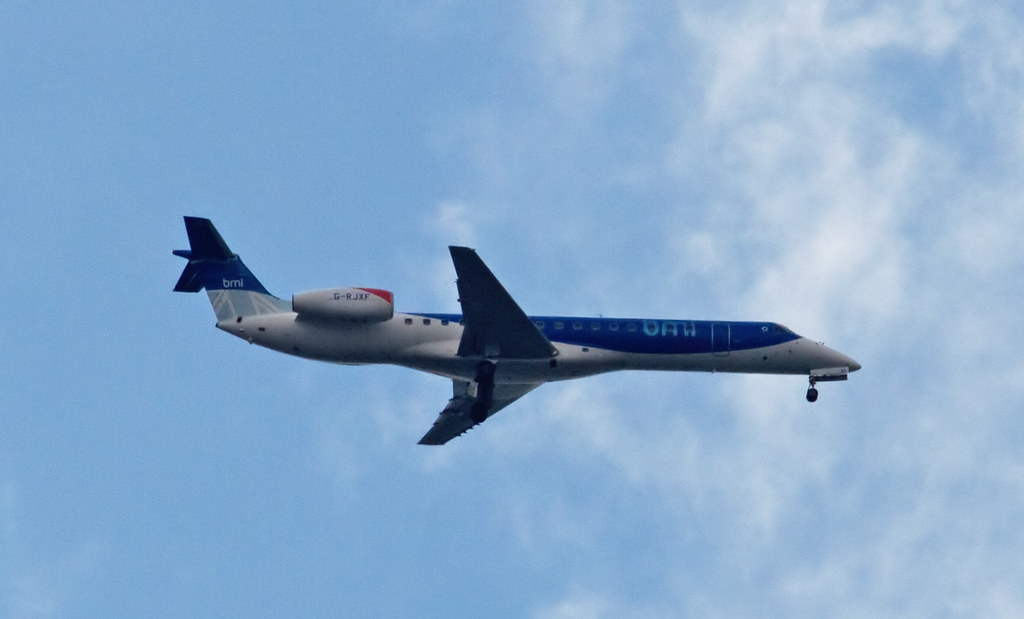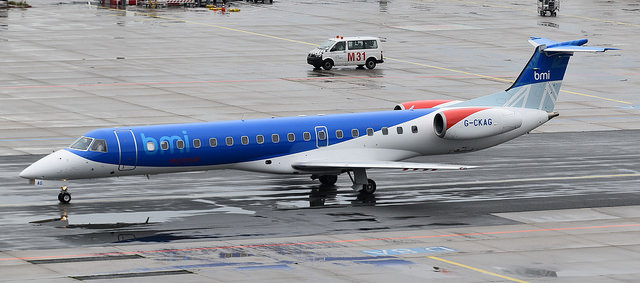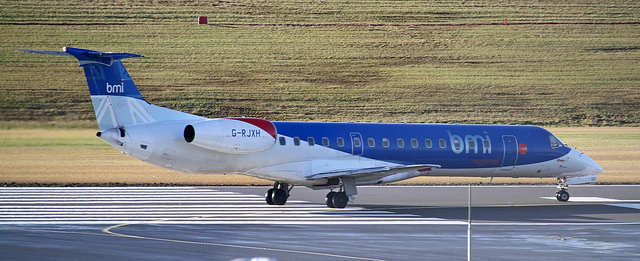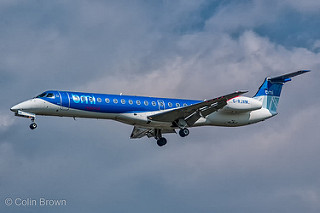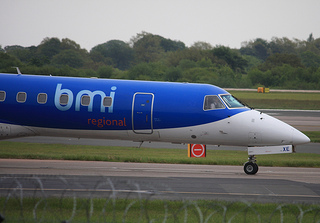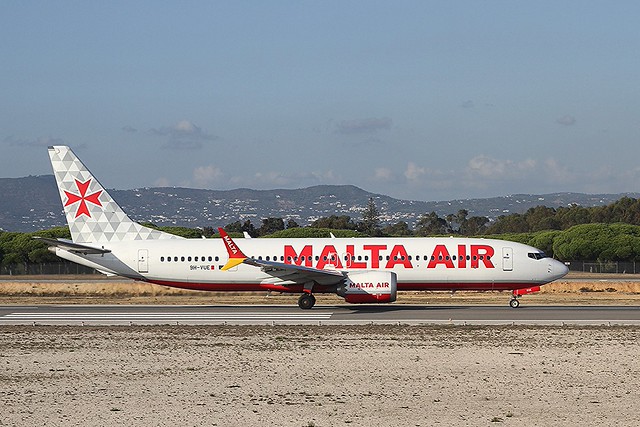bmi E145 at Norrkoping on Oct 17th 2018, captured false localizer signal, loss of separation
Last Update: October 8, 2019 / 15:13:39 GMT/Zulu time
Incident Facts
Date of incident
Oct 17, 2018
Classification
Report
Airline
BMI Regional
Flight number
BM-1753
Departure
Munich, Germany
Destination
Norrkoping, Sweden
Aircraft Registration
G-RJXF
Aircraft Type
Embraer ERJ-145
ICAO Type Designator
E145
Sweden's Haverikommission (SHK) released their final report concluding the probable cause of the serious incident was:
The serious incident was caused by the fact that planning and followup of the approach were not carried out in an appropriate manner.
A contributing factor has been lack of knowledge of false ILS signals.
The SHK analysed:
The crew requested and received clearance from the controller for selfpositioning for an ILS approach to runway 27. However, the crew did not specify in their request which point on the final they intended to navigate towards. This meant that the controller was not sure how Midland intended to perform the navigation.
When the aircraft was 8–9 NM from the centre line of runway 27 Midland was cleared down to 2 100 feet and cleared for approach. In connection with the clearance, the pilots armed the approach mode when the track was more than 90 degrees from the approach direction, i.e. outbound.
The approach clearance probably contributed to the pilots arming the ILS system. In self-positioning to a point on the approach line, the air traffic controller is expected to monitor the flight and conclude it by issuing a turn instruction from which the aircraft can connect to a final approach and then receive the final approach clearance. An approach clearance issued at a later stage and within the coverage area of the localizer reduces the risk of the crew arming the ILS system to early and thus also the risk of the system catching false lateral signals.
When Midland was about 7 NM south of the final, the aircraft started a left turn due to a "false" localizer signal at +42° from the inbound course, which activated the ILS and gave command to the autopilot. The crew did not identify this, but instead believed that they were on the correct approach line, i.e. 7 NM further north than the aircraft's actual position.
During the approach, both pilots had the approach line presented on their navigation screens (MFDs), which enabled the pilots to notice that the aircraft began to swing at an early stage. This is also supported by the reference flight SHK carried out in the simulator (see section 1.16).
The fact that the pilots did not notice this is probably due to their attention being on the conflicting traffic displayed on the TCAS with subsequent visual scanning outside of the cockpit.
The distraction resulted in the crew's situational awareness of their correct position being reduced, as none of the pilots were paying attention to the upper part of the aircraft's MFD.
The crew was not aware of the risk that a false localizer signal could be captured by the aircraft's ILS. SHK returns to the question of training in section 2.2.
The controller initially believed that there was nothing abnormal about the turn, that it was only an adjustment of the course towards the approach point and that Midland was probably visual with the airport. Against that background, the controller did not see any reason to intervene.
When Midland passed 270 degrees during a left turn and descended below the lowest radar vectoring altitude, and simultaneously approached a conflict situation with SE-VKA, there were sufficient indications that something was not right and that an immediate intervention by the air traffic controller had been justified. At that stage, however, there was communication between the air traffic controller and Midland regarding the conflicting VFR traffic. The communication was certainly an interfering element, which contributed to the failure to make a correction.
According to the crew, the TCAS was activated while the aircraft turned and descended, resulting in the RA command “MONITOR VERTICAL SPEED” which means that the crew must follow a green area on the vertical speed indicator to avoid collision and at the same time make the call "TCAS RA" to the flight controller. No such call was made. In most cases, a TA occurs before an RA, but in this case, the RA was given immediately according to the crew. In connection with pilots being trained and tested in the simulator, a TA is given first, which makes the pilots monitor and prepare for a possible RA command.
Since, according to the crew, there was no TA, which is thus reasonably expected by pilot, this may have been the reason why no call (TCAS RA) was made regarding the collision incident.
Incident Facts
Date of incident
Oct 17, 2018
Classification
Report
Airline
BMI Regional
Flight number
BM-1753
Departure
Munich, Germany
Destination
Norrkoping, Sweden
Aircraft Registration
G-RJXF
Aircraft Type
Embraer ERJ-145
ICAO Type Designator
E145
This article is published under license from Avherald.com. © of text by Avherald.com.
Article source
You can read 2 more free articles without a subscription.
Subscribe now and continue reading without any limits!
Read unlimited articles and receive our daily update briefing. Gain better insights into what is happening in commercial aviation safety.
Send tip
Support AeroInside by sending a small tip amount.
Related articles
bmi E145 at Bristol on Dec 22nd 2017, runway excursion on landing
A bmi Regional Embraer ERJ-145, registration G-CKAG performing flight BM-1822 from Frankfurt/Main (Germany) to Bristol,EN (UK) with 22 passengers and…
bmi Regional E145 near Munich on Jun 11th 2018, cracked windshield
A bmi Regional Embraer ERJ-145, registration G-RJXH performing flight BM-1846 from Munich (Germany) to Bristol,EN (UK), was climbing through FL170…
bmi Regional E145 at Munich on Mar 15th 2016, hydraulic problems
A bmi Regional Embraer ERJ-145, registration G-RJXM performing flight BM-1733 from Munich (Germany) to Brno (Czech Republic), was climbing out of…
BMI Regional E145 near London on Dec 2nd 2015, lavatory smoke indication
A BMI Regional Embraer ERJ-145, registration G-EMBI performing flight BM-1826 from Frankfurt/Main (Germany) to Bristol,EN (UK), was enroute at FL360…
BMI Regional E145 at Bremen on Sep 25th 2014, flaps up landing
A BMI Regional Embraer ERJ-145, registration G-RJXE performing flight BM-1782 from Toulouse (France) to Bremen (Germany), was on approach to Bremen…
Newest articles
Malta B38M at Krakow on Dec 8th 2025, sun visor temporarily shuts engine down
An Air Malta Boeing 737-8 MAX on behalf of Ryanair, registration 9H-VUE performing flight FR-3505 from Krakow (Poland) to Milan Bergamo (Italy), was…
Hokkaido AT42 at Okushiri on Dec 16th 2025, problems with left aileron
A Hokkaido Air System Avions de Transport Regional ATR-42-600 on behalf of JAL Japan Airlines, registration JA13HC performing flight JL-2891 from…
Subscribe today
Are you researching aviation incidents? Get access to AeroInside Insights, unlimited read access and receive the daily newsletter.
Pick your plan and subscribePartner

ELITE Simulation Solutions is a leading global provider of Flight Simulation Training Devices, IFR training software as well as flight controls and related services. Find out more.
SafetyScan Pro provides streamlined access to thousands of aviation accident reports. Tailored for your safety management efforts. Book your demo today
AeroInside Blog
Popular aircraft
Airbus A320Boeing 737-800
Boeing 737-800 MAX
Popular airlines
American AirlinesUnited
Delta
Air Canada
Lufthansa
British Airways
